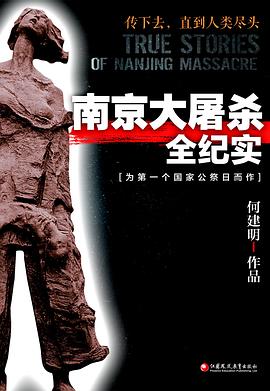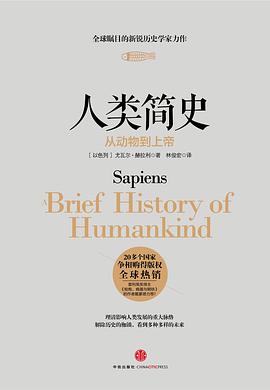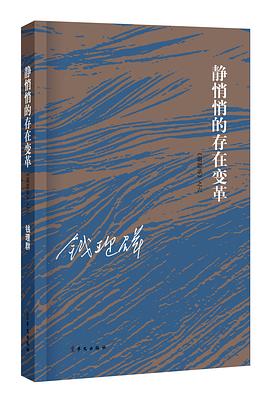

具體描述
From Neil MacGregor, the author of A History of the World in 100 Objects, this is a view of Germany like no other. For the past 140 years, Germany has been the central power in continental Europe. Twenty-five years ago a new German state came into being. How much do we really understand this new Germany, and how do its people now understand themselves? Neil MacGregor argues that uniquely for any European country, no coherent, over-arching narrative of Germany's history can be constructed, for in Germany both geography and history have always been unstable. Its frontiers have constantly floated. Konigsberg, home to the greatest German philosopher, Immanuel Kant, is now Kaliningrad, Russia; Strasbourg, in whose cathedral Johann Wolfgang von Goethe, Germany's greatest writer, discovered the distinctiveness of his country's art and history, now lies within the borders of France. For most of the five hundred years covered by this book Germany has been composed of many separate political units, each with a distinct history. And any comfortable national story Germans might have told themselves before 1914 was destroyed by the events of the following thirty years. German history may be inherently fragmented, but it contains a large number of widely shared memories, awarenesses and experiences; examining some of these is the purpose of this book. Beginning with the fifteenth-century invention of modern printing by Gutenberg, MacGregor chooses objects and ideas, people and places which still resonate in the new Germany - porcelain from Dresden and rubble from its ruins, Bauhaus design and the German sausage, the crown of Charlemagne and the gates of Buchenwald - to show us something of its collective imagination. There has never been a book about Germany quite like it. Neil MacGregor has been Director of the British Museum since August 2002. He was Director of the National Gallery in London from 1987 to 2002. His previous books include A History of the World in 100 Objects and Shakespeare's Restless World, now between them translated into more than a dozen languages.
著者簡介
尼爾•麥格雷戈
大英博物館前館長,倫敦古文物學會成員,英國著名藝術史學者。
1975年至1981年,在英國雷丁大學教授藝術與建築史。
1981年至1987年,主編英語世界曆史最悠久的美術及裝飾藝術期刊《伯林頓雜誌》。1987年至2002年,主持英國國傢美術館。
2002年至2015年,任大英博物館館長。
2010年,獲英國女王頒贈功績勛章。
主要作品有《大英博物館世界簡史》《大師之作的誕生》《莎士比亞的動蕩世界》等。
圖書目錄
讀後感
图文并茂,非常好看,不输于同一作者的另一套书《大英博物馆世界简史》,我个人甚至更偏爱《德国》这一本。和《大英博物馆世界简史》一样是通过物品讲述历史,不过看到最后才发现这本书其实是“德国:一个国家的记忆”这一主题当中的第三部分,另外两个部分分别是大英博物馆的...
評分25年前,一座分隔东西柏林的高墙倒下了。在阅读许多纪念柏林墙倒下的文章时,我想起了曾经看过的德国电影系列《故土》(Heimat)。《故土》被称为德国“普通人的历史”,以莱茵地区农村一户人家及其后代为主角,共有三个系列,第一个系列跨越了一战结束到二战战败之间的历史,第...
評分- 閱讀這本書是個十分享受的過程. 雖然書本十分厚, 有五百多頁, 但插圖及設計精美, 文字亦譯得流暢, 每個章節有自己的小主題, 十分易讀, 深入淺出, 難得的好書呀. - 我是在逛樂文時偶然碰見此書, 應該是剛到貨不久。但這種'磚頭'式的書, 我也很懷疑樂文會入多少本, 甚至整個香...
評分分权体制的Compromise:The decentralized stucture of the Holy Roman Empire,with its patchwork of interlocking but independent states, meant that an overarching iconoclasm never took root。这种分权的方式值得德国人拥有宗教自由,可以信封基督教或者新教或者加尔文...
評分图文并茂,非常好看,不输于同一作者的另一套书《大英博物馆世界简史》,我个人甚至更偏爱《德国》这一本。和《大英博物馆世界简史》一样是通过物品讲述历史,不过看到最后才发现这本书其实是“德国:一个国家的记忆”这一主题当中的第三部分,另外两个部分分别是大英博物馆的...
用戶評價
當半個旅遊指南來看吧,裏麵對於德國藝術傢的論述比較有意思。
评分一本非常精彩,且令人非常感動的德國史,正如結尾MacGregor所言: “History in Germany is concerned not only with the past but, unlike other European countries, looks forward.”德國永遠在反思曆史的同時開闢著自己的未來,而正像書的結尾要迴歸到對Reichstag的講述那樣,這種反思最重要的意涵就在於德意誌民族對作為個體的人的永恒尊重,對自由民主價值的不懈捍衛,這纔是德國真正配得起“偉大”二字的地方。
评分非常精彩,以有形文物串聯曆史與分析,有些視角非常有趣。可惜錯過瞭大英的展覽,待來日再細細遊德國瞭。
评分圍繞德國象徵物的曆史敘述。感覺比較強調德國文化民族主義的一麵。
评分30章30個話題,曆史、文化、藝術等等全涉及瞭,適閤對德國瞭解不多的讀者。插圖是真美啊!
相關圖書
本站所有內容均為互聯網搜索引擎提供的公開搜索信息,本站不存儲任何數據與內容,任何內容與數據均與本站無關,如有需要請聯繫相關搜索引擎包括但不限於百度,google,bing,sogou 等
© 2025 book.quotespace.org All Rights Reserved. 小美書屋 版权所有




















